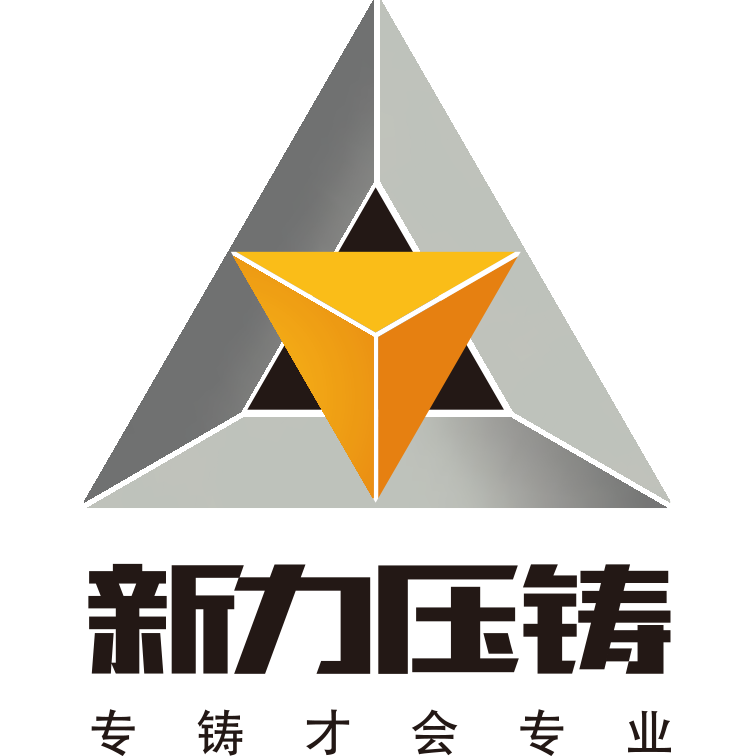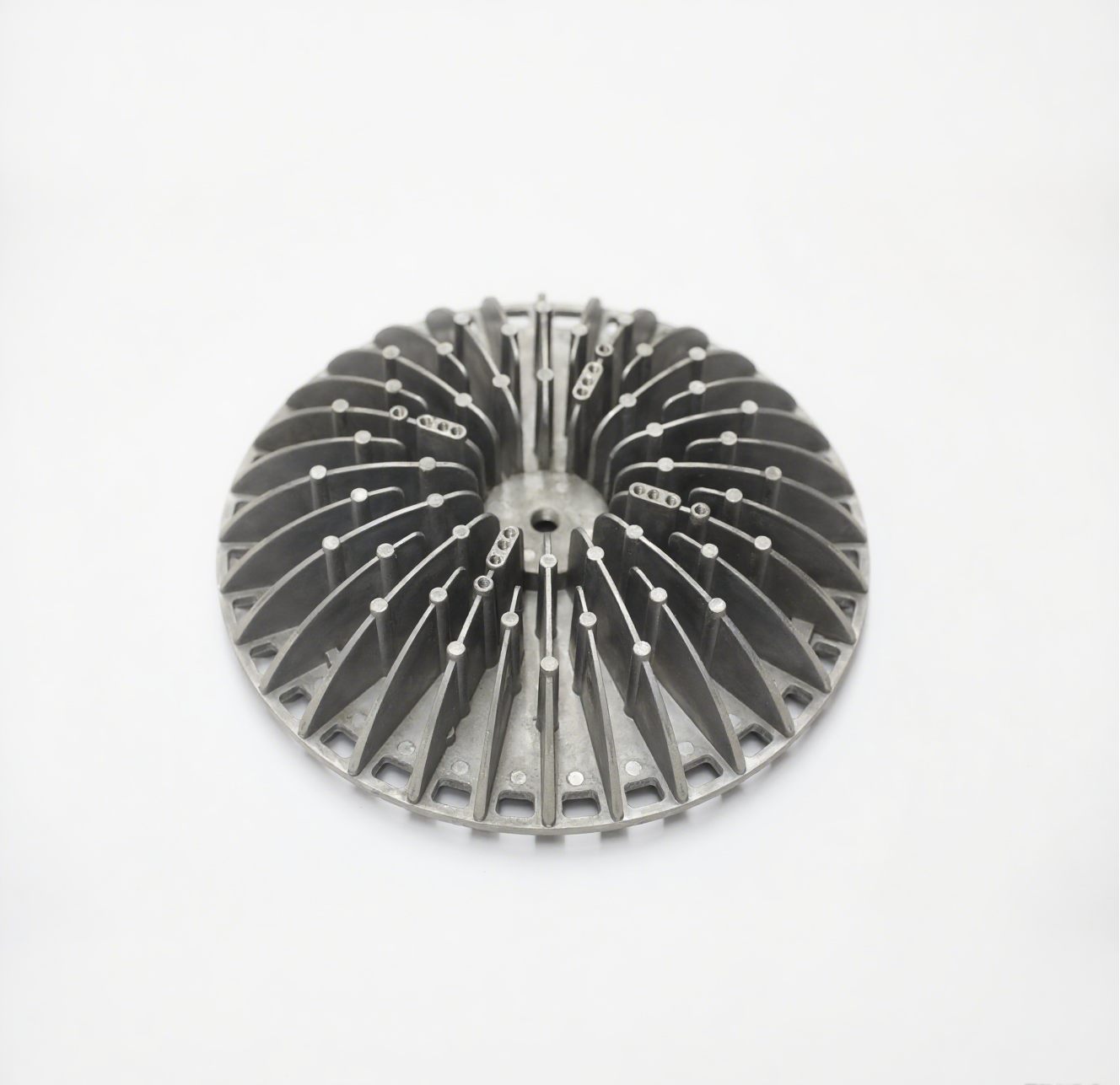Product Features:
1. Aircraft-grade aluminum-based materials, balancing heat dissipation and strength.
Material: Made of ADC12 high-strength aluminum alloy with a density of only 2.7g/cm³, it is 55% lighter than traditional cast iron parts, effectively reducing the transmission's moment of inertia and improving shift response. Its tensile strength reaches 330MPa, withstanding high-frequency torque shocks (≤500N·m) from the transmission, ensuring stable power transmission.
Lightweight Design: Through topological optimization, the wall thickness of the heat sink fin area is reduced to 1.5mm, while the thickness of the power transmission area is increased to 3mm. This achieves a further 18% weight reduction while maintaining strength, contributing to the transmission's dual upgrades of "lightweight and efficiency."
2. Die-casting Process Breakthrough, Complex Structures Molded in One Step
Precision Integration: 18 cooling fins (1.8mm pitch), power transmission interface (φ8±0.05mm), positioning slots (12mm depth), and other complex features are die-cast in an integrated manner, eliminating joint gaps and stress concentrations. This improves transmission assembly accuracy by 40%, with power transmission deviation ≤0.02mm.
Technical Breakthrough: Overcoming the challenges of deep-cavity fin die-casting (mold draft ≤0.8°) and multiple undercuts (six complex structures). The internal porosity is ≤0.8%, and after 300 hours of airtightness testing, there is no leakage, equivalent to 150,000 kilometers of reliable vehicle operation.
3. Structural Design, Reshaping Transmission Cooling and Transmission
- Bionic Cooling Enhancement: 18 "turbine-style" fins + a central air guide groove create a dual cooling system of "air convection + oil cooling circulation," improving transmission cooling efficiency by 50%. Combined with the oil cooling system, the transmission operating temperature is reduced by 18°C, extending the transmission oil change interval by 30%.
- Precise Power Interface: The center transmission hole achieves ≥99.5% fit with the input shaft and turbine assembly, ensuring zero power transmission lag. Compatible with single-stage and multi-stage turbine transmission architectures, the compatibility rate exceeds 95%.
- Impact-Resistant Support: Triangular reinforcement ribs at the base of the fins effectively resist high-frequency shift vibration (≤8g acceleration), reducing transmission NVH (noise, vibration, and harshness) by 10dB and improving driving comfort by 22%. 4. Advanced Performance to Meet the Challenges of All Automotive Operating Conditions
- Wear Resistance: The surface undergoes a hard anodizing treatment, with an oxide film thickness of 10-15μm. This improves wear resistance by 60%, protects against friction damage to turbine blades and transmission components, and extends the transmission overhaul interval by 40%.
- Fatigue Resistance: Passing 1 million alternating stress cycles, the probability of fatigue fracture is reduced by 45%. Suitable for diverse scenarios such as racing, urban congestion, and high-speed cruising, it meets the "high load, long life" requirements of transmissions.
5. Customized Ecosystem, Full-Chain Collaboration with the Automotive Industry
- Multi-Model Compatibility: Supports 4- and 6-cylinder transmissions, covering diverse application scenarios such as passenger cars, commercial vehicles, and new energy vehicles. With a mold development cycle of ≤28 days, it can quickly respond to the "new model iteration" needs of automakers.
- Digital Collaboration: Providing 3D digital models and MBD data, it helps automakers digitize the entire process from "virtual assembly - simulation verification - mass production implementation," improving development efficiency by 50%.
6. Green Manufacturing, Aligned with Sustainable Industrial Development
- Material Recycling: Aluminum alloys are 100% recyclable, and carbon emissions from the production process are 65% lower than traditional processes, contributing to the automotive industry's "Dual Carbon Goals."
- Energy Optimization: Die-casting consumes 42% less energy than machining, minimizing the environmental impact of manufacturing and providing dual benefits to the automotive industry through "cost and emission reduction."


